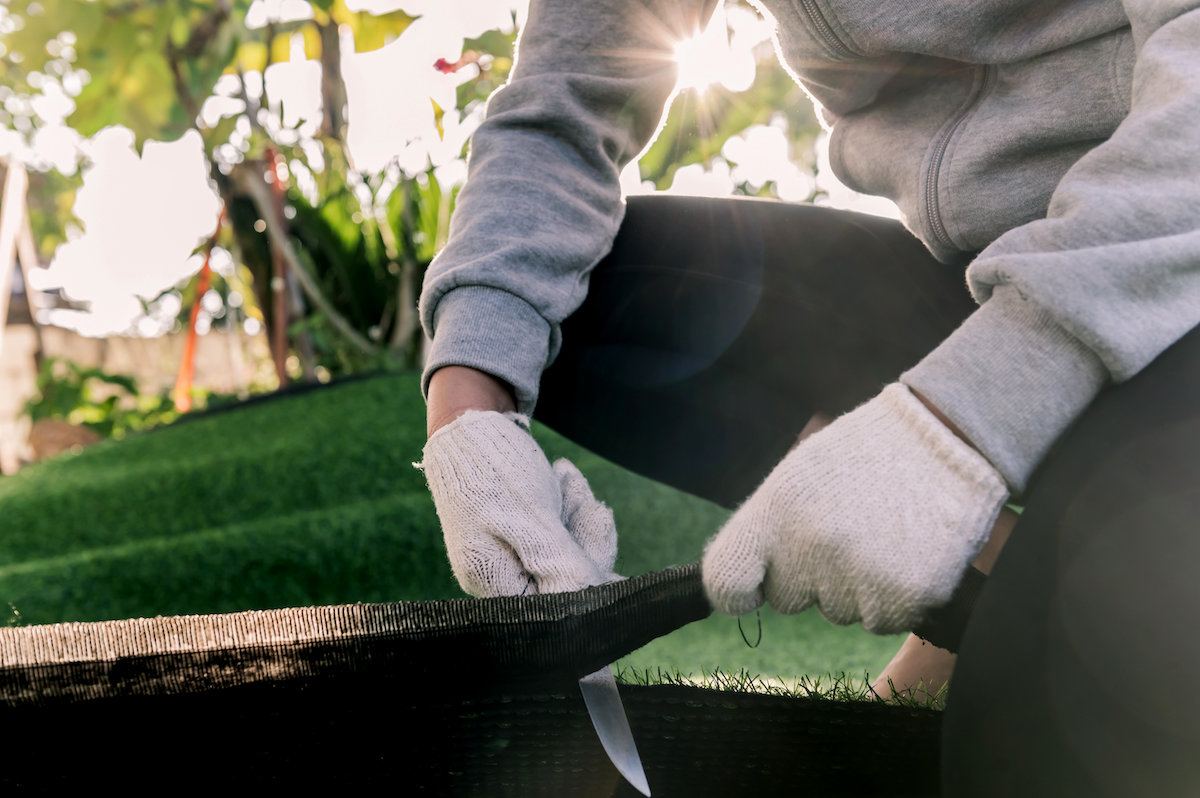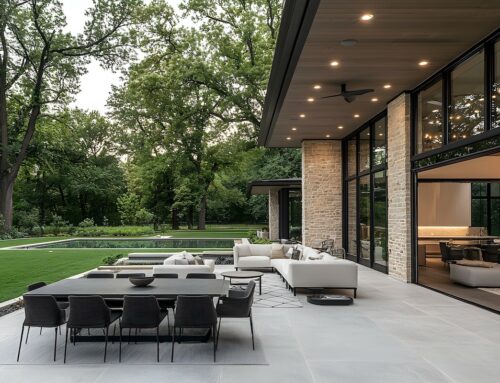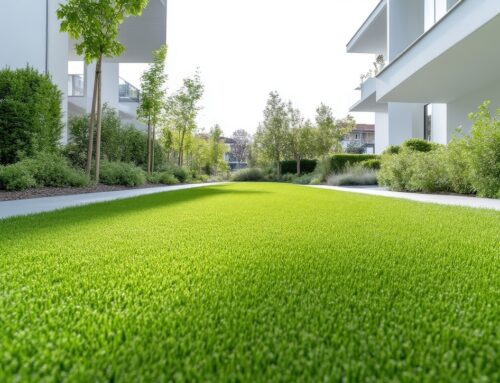Last Updated on March 9, 2023 by ReTurf
Artificial turf (sometimes referred to as synthetic turf, “fake grass,” or “astro turf”) is a popular alternative to natural grass in many applications.
From sports fields to luxurious residential lawns, it offers a cost-effective, low-maintenance option that requires no watering, mowing, or fertilizing. It can also be used in areas where natural grass struggles to thrive. However, the environmental impact of discarded artificial turf has long been a topic of discussion, especially when it comes to recycling used artificial turf.
With synthetic grass being made of materials that are commonly recycled, you’re probably wondering: Why is artificial turf so difficult to recycle?
Let’s break it down:
Why is Recycling Artificial Turf Such a Challenge?
An artificial turf system typically comprises several components, including the turf carpet itself, seaming materials, infill materials, and sometimes drainage/impact pads.
Each of these components is made up of various materials, which can make recycling the turf challenging:
- The turf blades, or “carpet,” is typically made up of plastic fibers, including polyethylene, polypropylene, and nylon.
- The primary backing, which holds the grass blades in place, is also made up of plastic materials, including the same types of synthetic fibers.
- A secondary backing (or liquid “coating”) is applied to the primary backing to secure the grass blades and provide durability. This coating is typically made of urethane, which is the most common material used in American-made artificial turf.
One of the biggest challenges in recycling used artificial grass from sports fields and lawns is the fact that it is made up of many different synthetic and organic materials—including rocks, leaves, dirt and so on—making separation difficult.
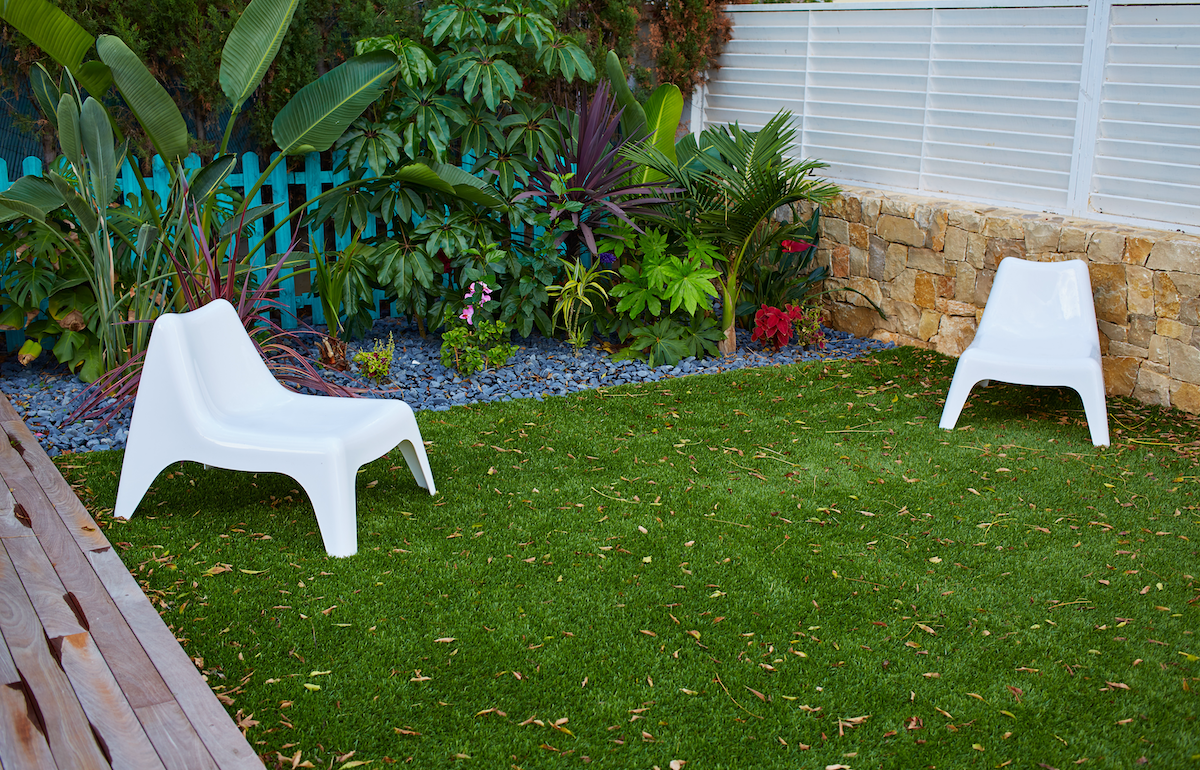
Then, you add the fact that turf materials may be fused together with adhesives, making it even more challenging to separate and recycle each turf component separately.
- Seaming materials, which are used to join sections of turf together, are typically made of plastic materials, including polyethylene and polypropylene. Adhesives are used to secure the seams, and sewing thread made of polyester or nylon may also be used.
- Infill materials are used to add weight to the artificial turf and provide cushioning and support for players. Common turf infill materials include crumb rubber made from recycled tires, silica sand, and thermoplastics like thermoplastic elastomer (TPE) and thermoplastic olefin (TPO). Organic infill materials, such as coconut fibers and cork, are also becoming more popular.
- Finally, drainage/impact pads may be used to provide additional support and cushioning for players. Foam pads made of polyurethane, ethylene-vinyl acetate (EVA), or other foam materials may be used, as well as plastic drainage mats made of polyethylene or other plastics.
Again, the complex composition of artificial turf makes it challenging and costly to recycle—but efforts are being made to find ways to repurpose the material. As more companies (and consumers) seek sustainable options, this demand is increasing, making recycled artificial turf an increasingly viable solution.
Future advancements in recycling technology and increasing demand for sustainable materials may provide solutions to the challenges of recycling artificial turf in the future. At the forefront of this movement is ReTURF.
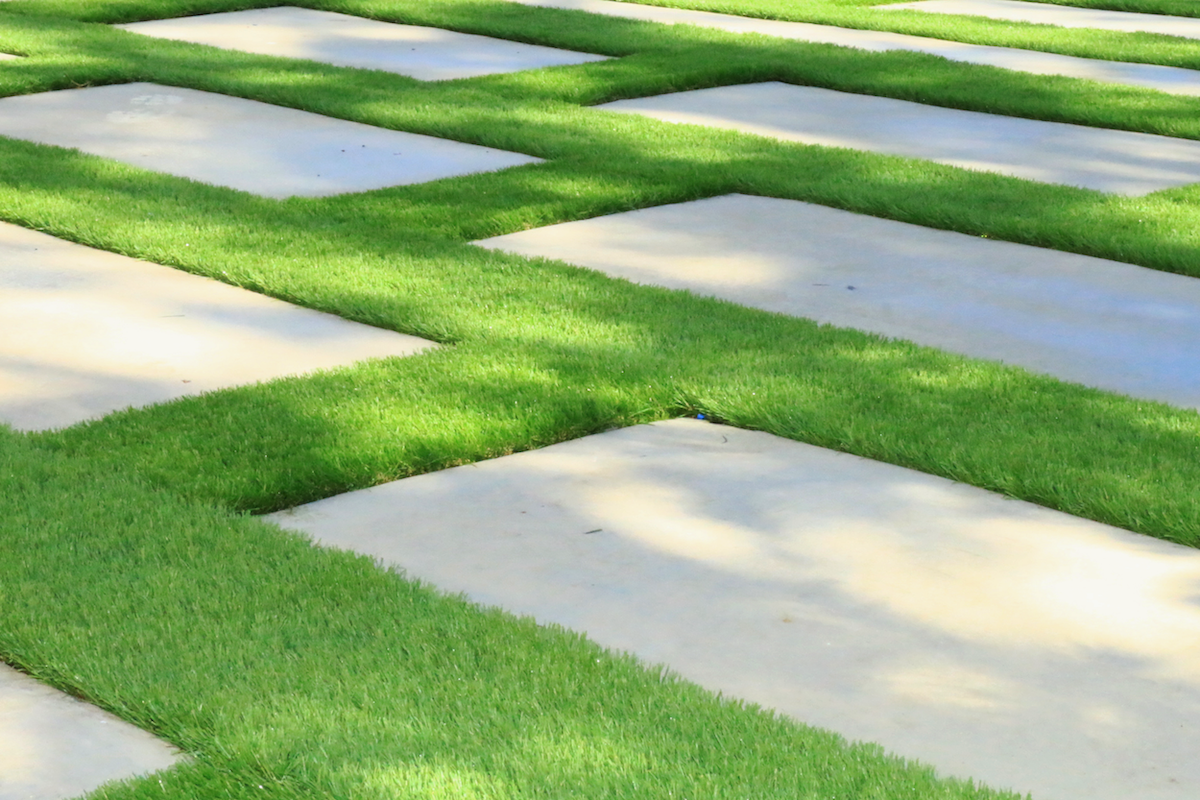
ReTURF has taken a leadership role in addressing the environmental impact of artificial turf by offering sustainable solutions to the problems of turf ending up in landfills. Our company is dedicated to reducing landfill waste by salvaging used infill and repairing damaged areas on reclaimed artificial turf, with an eye towards future development of more effective and efficient methods of recycling synthetic turf.
Used Artificial Turf from ReTURF
At ReTURF, we are committed to our mission of reducing landfill waste by repurposing and repairing artificial turf for re-use. Our approach not only minimizes the amount of waste that ends up in landfills, but also helps reduce the carbon footprint of the turf industry.
Additionally, our eco-friendly approach provides a cost-effective solution for consumers who are looking for high-quality synthetic grass without breaking the bank.
Sustaining Our Planet’s Resources, One Field at a Time
Our used turf products reclaimed from stadiums and sports fields are not only affordable but also environmentally friendly—providing a sustainable option for anyone looking to utilize artificial turf. We understand that synthetic grass is becoming an increasingly popular choice for a variety of applications. As a leader in the efforts to recycle and reuse artificial turf, we take pride in providing high-quality turf products that meet the needs of our customers, while helping to conserve resources and minimize impact on the environment.
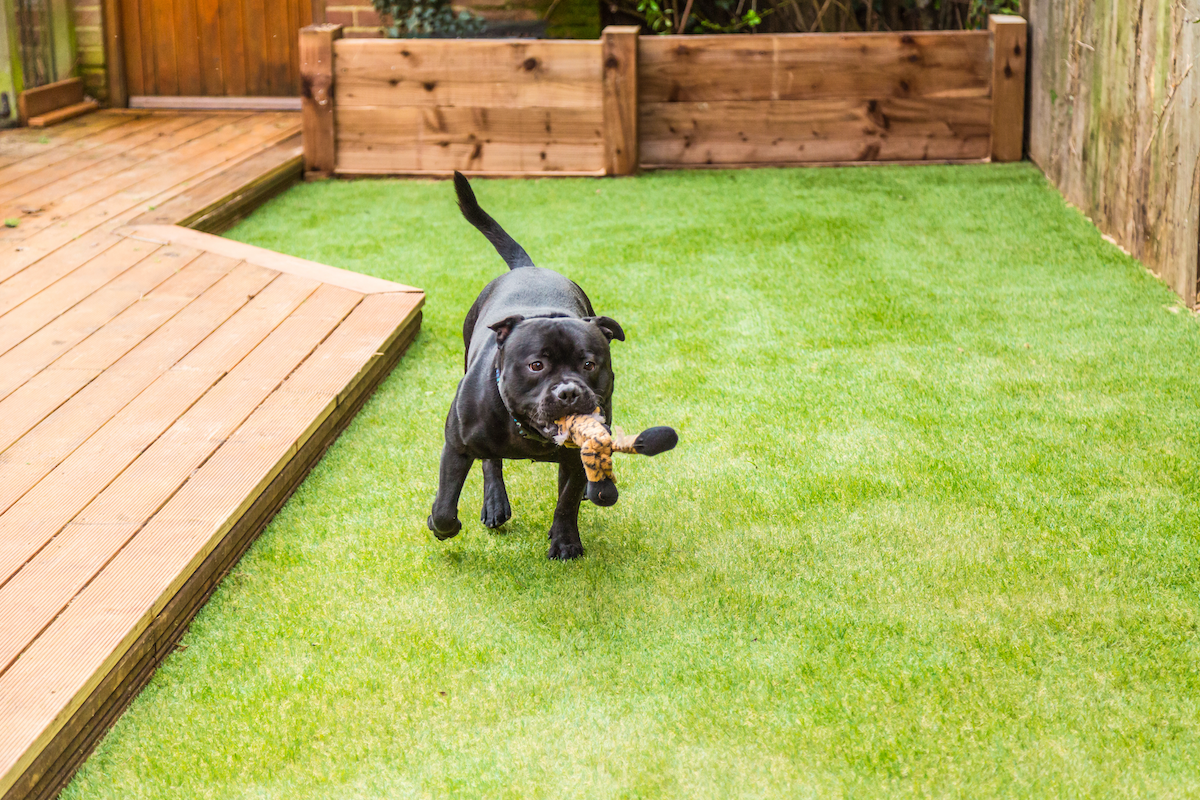
At ReTURF, we firmly believe that sustainability and affordability can go hand in hand. As a pioneer in the used artificial turf industry, we are proud of the strides we have made towards creating increasingly eco-friendly and affordable turf solutions. We remain committed to our mission and look forward to continuing to provide sustainable options for years to come.

